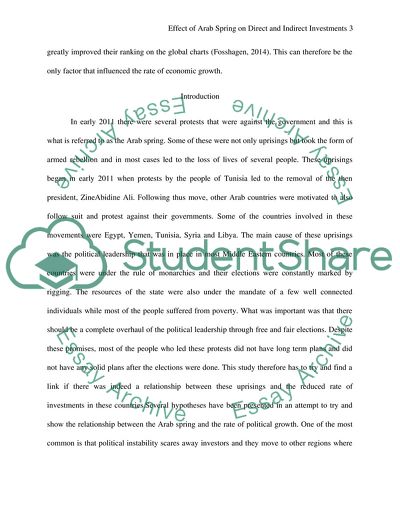Cite this document
(Direct foreign investment and the Arab spring: how the Arab Spring Research Paper, n.d.)
Direct foreign investment and the Arab spring: how the Arab Spring Research Paper. https://studentshare.org/finance-accounting/1827371-direct-foreign-investment-and-the-arab-spring-how-the-arab-spring-affects-the-direct-and-indirect-investments-in-the-mena-region
Direct foreign investment and the Arab spring: how the Arab Spring Research Paper. https://studentshare.org/finance-accounting/1827371-direct-foreign-investment-and-the-arab-spring-how-the-arab-spring-affects-the-direct-and-indirect-investments-in-the-mena-region
(Direct Foreign Investment and the Arab Spring: How the Arab Spring Research Paper)
Direct Foreign Investment and the Arab Spring: How the Arab Spring Research Paper. https://studentshare.org/finance-accounting/1827371-direct-foreign-investment-and-the-arab-spring-how-the-arab-spring-affects-the-direct-and-indirect-investments-in-the-mena-region.
Direct Foreign Investment and the Arab Spring: How the Arab Spring Research Paper. https://studentshare.org/finance-accounting/1827371-direct-foreign-investment-and-the-arab-spring-how-the-arab-spring-affects-the-direct-and-indirect-investments-in-the-mena-region.
“Direct Foreign Investment and the Arab Spring: How the Arab Spring Research Paper”. https://studentshare.org/finance-accounting/1827371-direct-foreign-investment-and-the-arab-spring-how-the-arab-spring-affects-the-direct-and-indirect-investments-in-the-mena-region.


